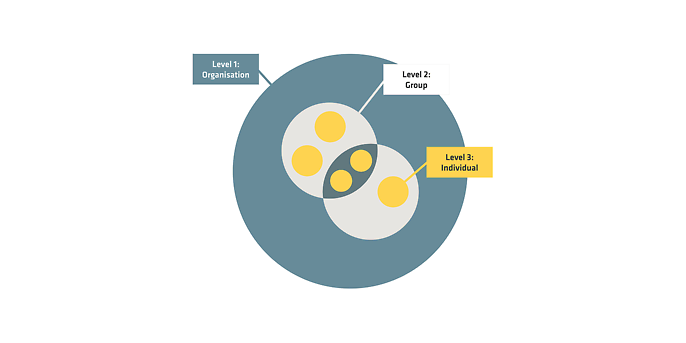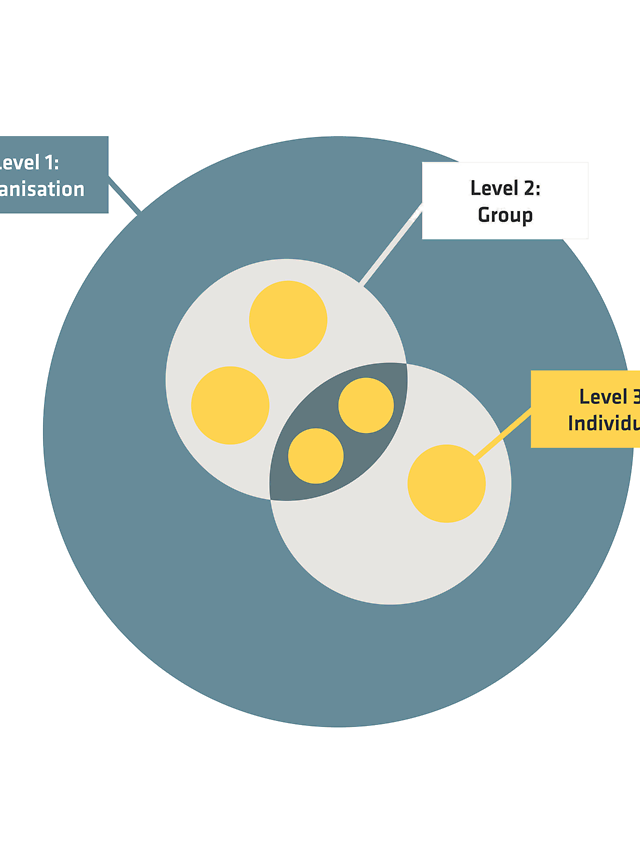18. May 2021 By Arman Kohli
Transformation and the drivers and success factors in transformation projects
Digitalisation, transformation and agility are appearing on many organisations’ agendas more and more. This means that topics such as competitiveness, competitive advantages and shorter product cycles are receiving more attention. And deficits in these areas are becoming apparent after more than a year of the pandemic in particular. The digital transformation has never been needed so urgently – a sentiment expressed not least by Microsoft CEO Satya Nadella in an interview.
But quite a number of organisations aren’t sure what digitalisation means for them. Digitalisation doesn’t stop with process automation. Processing data and information so as to be able to capture and store it directly in a digital format, thus changing the mindset of the organisation in the long term, also plays a role. Transformation, on the other hand, does this step by step so that not only the organisation sees digitalisation as an issue, but also so that all of the employees in that organisation do, too.
That’s why John Paul Kotter, professor and luminary in the field of change management, also describes transformation as a process and clearly distinguishes it from a one-off event. For that reason, the mindset that organisations can present new structures and digital processes to their employees and that the employees are expected to use and implement them smoothly is also a misconception that can quickly cause these kinds of transformation projects to fail.
The ability to transform
The pandemic is driving digitalisation in a large number of industries and sectors. Transactions have become contactless and digital processes in virtual seminars and lessons have become the norm so that everyday life and the economy are not too badly affected despite the pandemic.
The focus in a transformation is on time and financial aspects, while a change process is usually not yet planned and budgeted for by the time it becomes necessary. Instead, it’s crucial to identify the current state and plan the new state. These states can be analysed using a maturity analysis to then plan the strategy from the initial state to the target state in a focused manner. Identifying unique selling points, analysing fields of action, strategically redeveloping potential business models and optimising processes are key factors that can significantly drive the transformation.
Defining maturity criteria is important here, too. However, it’s often difficult to prepare data and define this sort of criteria to make sure that the information is segregated by various factors relating to the strategy and orientation of the organisation early on in the process. Without a comprehensive (maturity) analysis, it’s difficult to determine how able an organisation is to transform. If you lack a concrete plan, the number of possible starting points is quite overwhelming and won’t show a lot of promise.
Strategy needs, fields of action and success factors
The two major parts of the transformation are divided into the technical project and the human component. In addition to the business case – the project figures and the profit at the end of the project period – the company should also provide the employees in this process with support and guidance on the journey to the new state while it’s ongoing.
A successful project is not the only aspect that has a bearing on the success of the transformation – the project goals need to be implemented on schedule, there needs to be a return on investment at the end of the project and the organisation itself not only needs to identify the fact it has to change, but it also needs to be able and willing to do so. This ability for organisations to cope with change is also often called changeability. In these two fields of action, there is a wide range of possible success factors that can make the transformation succeed. Experience shows that the key success factors are
- the comprehensive strategy,
- the corporate vision,
- the organisational structures,
- the business processes and
- the employees.
The issue of management is an especially difficult one in the era of contactless interaction. Many organisations aren’t sure about how managers can lead their teams digitally. These new challenges and issues are reflected at operational level for managers, employees and processes. However, dealing with resistance to change in a targeted way is also crucial in many cases.
Business processes are another major field of action. Process management focuses on the efficiency and effectiveness of business processes and simultaneously improving them. Processes should be optimised, but at the same time there shouldn’t be any negative impact on quality and satisfaction. Making savings and continuing development represent a conflict of interests, but if done correctly, they can lead to interests harmonising in the long term.
Starting points structured on three levels
In an organisational context, three different levels can be used as examples to determine the current maturity level, to measure performance or to implement changes.

The top level is the organisation as a whole. This is represented by the senior management and managers of the organisation. Motivators for this group can be hard factors and figures, scenario analyses and comprehensive benefits. These motivators also guide the actions of organisations in addition to the drivers mentioned at the start of this blog post.
The next level is the groups and the teams in the organisation. Team dynamics, how tasks are divided, group cohesion and other work-related factors can be analysed in more detail here. Above all, composition and management play a major role in the success of the transformation.
Employees form the bulk of the organisation and must be considered at the most detailed level in the organisational environment. Although individual wishes, goals and suggestions are difficult to factor in at a global level, they shouldn’t be neglected. Changeability and the will to change are key factors for each individual employee. The need for change is usually imposed from the outside, so the first two key factors mentioned could quickly be neglected. This would be a gross mistake, however, as it would lead to employees feeling demotivated and resist the change. While bringing everyone together and uniting them behind the goal can be a huge undertaking at this point, it also brings the greatest amount of success to the project as a whole.
The big plus at the bottom line
A digital maturity model enables organisations to develop a custom strategy. Uniform training for management should also be introduced in these organisations in good time. This is the only way to ensure that expertise and components are passed on through the organisation. Although this training can be time-consuming and costly, it’s worthwhile as it creates a multiplier effect in this transformation project. This means managers can also react to the needs of employees based on the situation and actively address obstacles and resistance to change.
Even in current circumstances, such as the pandemic, managers must be able to actively perform their management tasks. Therefore, they should get up to speed on ‘virtual management’ and keep an open mind with regard to new topics that may become relevant at short notice. In these processes, the vision, the objective and the necessity of a manager during the transformation are crucial for the overall success of the project.
When it comes to employees, motivators should be planned, and they should be provided with opportunities to actively participate in the process. Providing this encouragement can lead to employees who are motivated and capable wanting to stay in the organisation for the long term.
In the case of business processes, added value for the customer and monetary effects for the organisation could be achieved through ITIL, for example. By focusing on the service concept in the long term, this can be developed as a unique selling point compared to other organisations. The ITIL framework would provide the organisation with the option of full transparency and costing in this area. Cost savings would be possible without having a negative impact on quality, and new services could be calculated more easily.
Would you like to learn more about exciting topics from the world of adesso? Then check out our latest blog posts.


